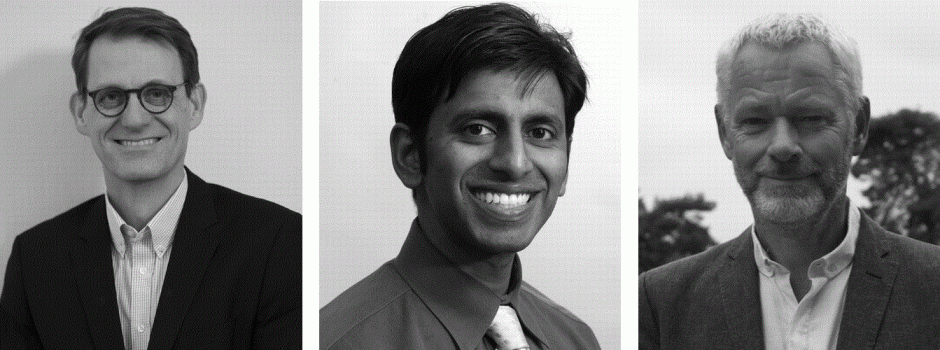The Challenge of the Many Choices in the Practice of Integrative Medicine
The Journal of Alternative and Complementary Medicine
Martin Ingvar, Darshan H. Mehta, and Mats Lekander. The Journal of Alternative and Complementary Medicine. Published Online: 15 May 2019.
Osher Collaborative Forum: Outlooks, Opinions and Opportunities
This is the fifth column of the JACM/Osher Collaborative partnership.
Click here to read the full article.
Martin Ingvar, MD, PhD, Osher Center for Integrative Medicine, Karolinska Institutet
Darshan H. Mehta, MD, MPH, Osher Center for Integrative Medicine, Harvard Medical School and Brigham and Women’s Hospital
Mats Lekander, PhD, Osher Center for Integrative Medicine, Karolinska Institutet
Abstract:
Despite ongoing recommendations and guidelines published by national and international societies (National Academy of Medicine and American College of Physicians), the inclusion of integrative medicine practices and practitioners into the systems of reimbursement continues to be slow and uneven. For more effective inclusion, we suggest that integrative medicine might lead the evolution of measurement-guided care as a driver for health care systems development. The purpose of this commentary is to explore the pattern of uptake to identify strategies where such activity might best support more appropriate inclusion.
The reasons for this uneven inclusion are many. Some are related to general patterns of health care change, and others specific to the field of integrative medicine. In the broader category, the rising cost of health care is itself a disincentive to include additional approaches. The design of reimbursement systems, such as tiered products, adds additional resistance. In addition, Ref. found that any integration of new services that crosses lines between specialities encounters barriers due to protective guild interests. Resistance preserves old practice patterns, anchoring the inertia of the existing system to complex procedures, which are part of the conventional care strategy and economics. An example is the use or overuse of cardiac stents. Established cardiology practitioners have slow momentum to include new practice patterns due to present reimbursement and training platforms. However, with examples that specifically involve integrative practices—through a combination of mind–body approaches, diet, and exercise in a group format—strategies that reduce the need for stents may be slow in uptake.
Other challenges for coverage inclusion are specific to integrative medicine’s philosophy and practices. A central component in integrative medicine is the freedom to choose treatment approaches between the practitioner and the patient. Many practitioners value this freedom and argue that the application of clinical experience must remain in the clinical setting without any measurement-guided care. In addition, the plethora of methods and procedures and the variability in integrative medicine practices makes it difficult to establish explicit principles for the sharing of clinical decision-making. Thus, reimbursement based on procedures would in many cases be difficult given that the procedures often carry a low grade of definition and thereby a low grade of evidence. Consequently, it makes it difficult to establish shareable principles for best practices between integrative medicine modalities.
Another challenge within integrative medicine is the lack of common diagnostic classifications for diagnosis, for example, International Classification of Diseases-11th Revision, and varied descriptions of symptoms and divergent taxonomies. An even further challenge lies within the multiple variations of practices within a modality (e.g., massage therapy). Some of these variations have a limited effect on outcome but marked effect in treatment intensity and thereby in cost.

